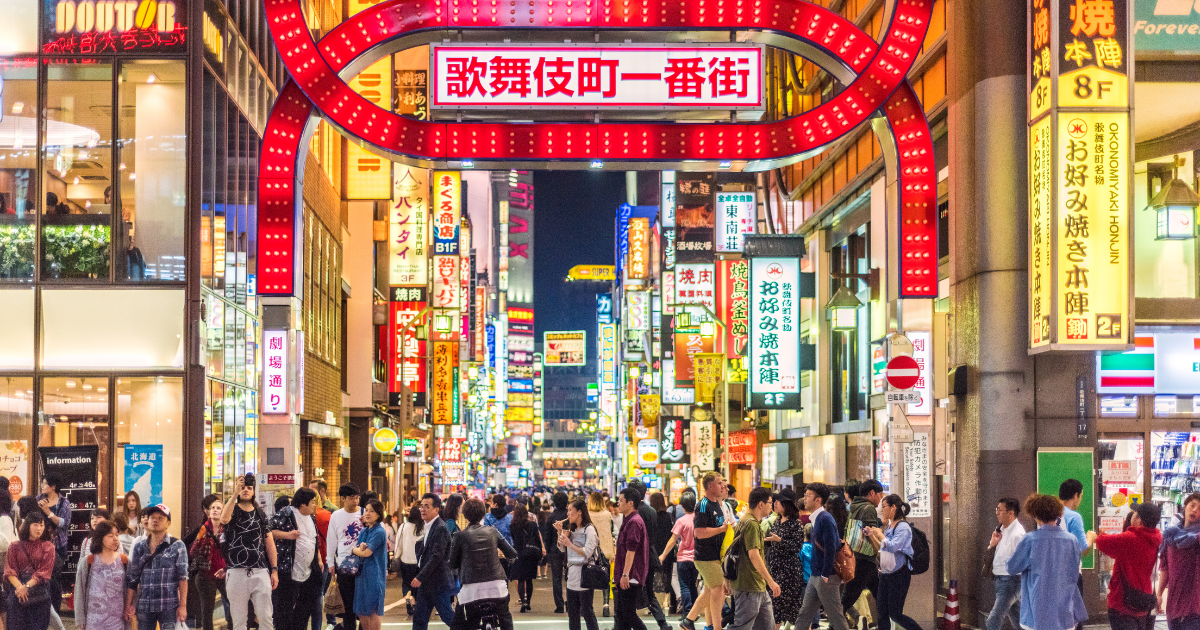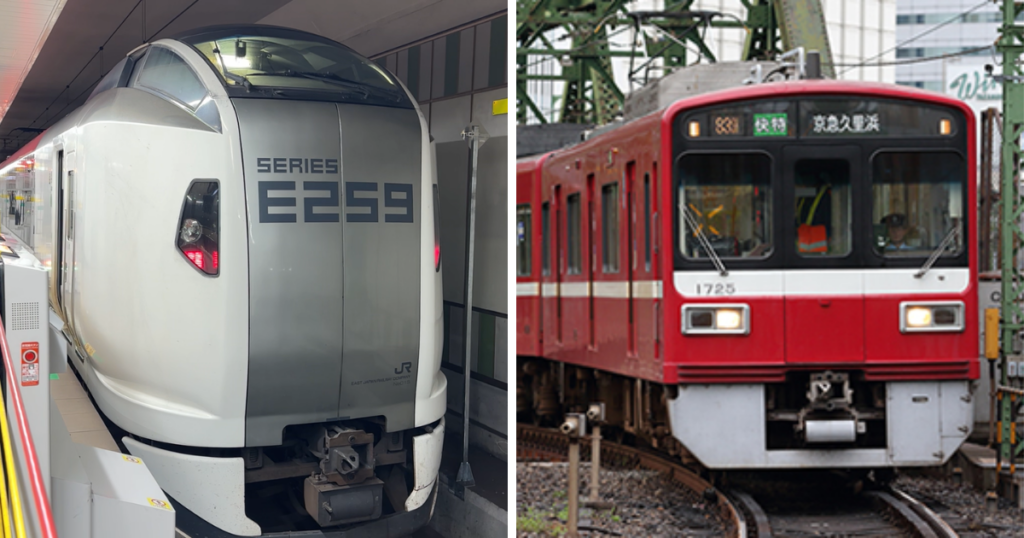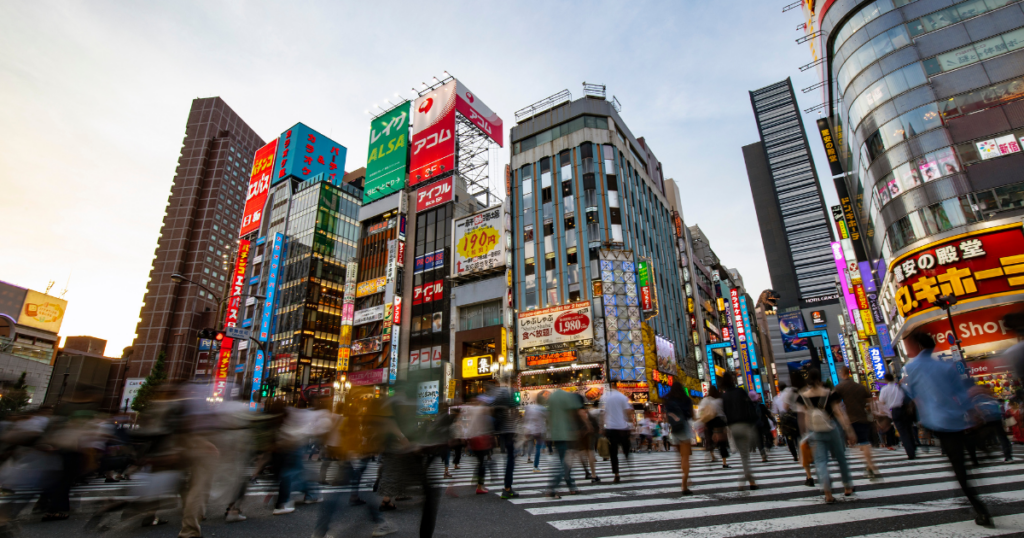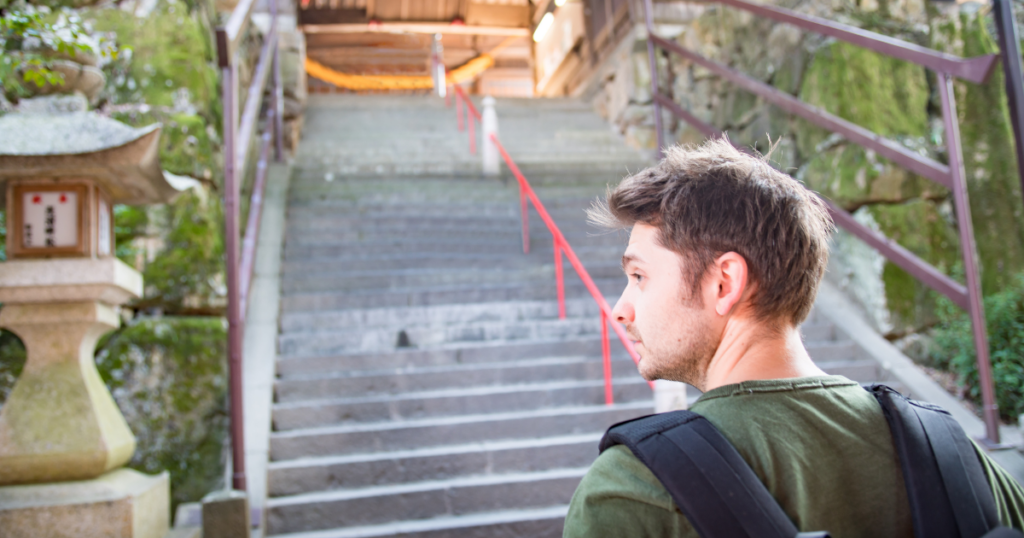Shinjuku, one of Tokyo’s most vibrant and dynamic districts, offers an exciting mix of modern skyscrapers, traditional cultural sites, lush green spaces, and bustling entertainment hubs.
Known as a city within a city, Shinjuku is a destination that caters to all types of travelers, from food enthusiasts and shopaholics to history buffs and nightlife seekers.
Whether you’re exploring its world-class gardens, admiring panoramic views of the Tokyo skyline, indulging in unique dining experiences, or diving into its rich cultural heritage, Shinjuku promises unforgettable memories.
Tokyo Metropolitan Government Building
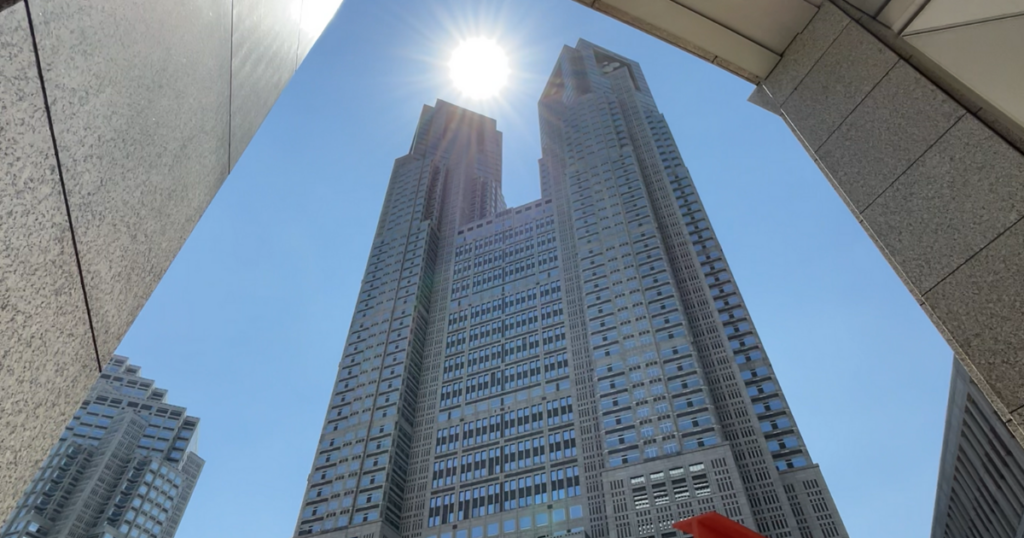
The Tokyo Metropolitan Government Building, located in Shinjuku, is renowned for its twin towers, each featuring an observation deck on the 45th floor at a height of 202 meters.
These decks offer panoramic views of Tokyo’s expansive skyline and are accessible free of charge.
Observation Decks
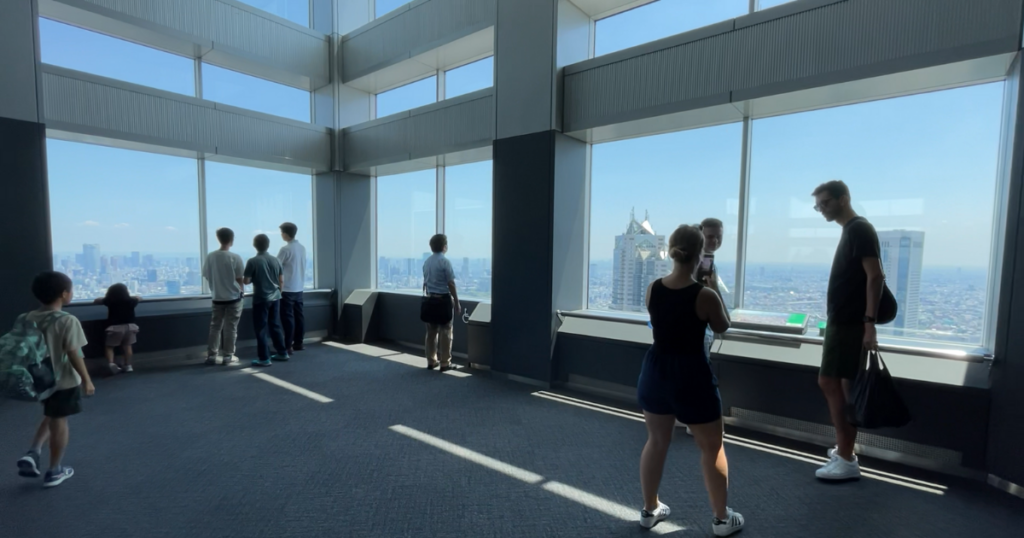
South Observation Deck
Open from 9:30 AM to 10:00 PM, with last entry at 9:30 PM. This deck provides views of landmarks such as Tokyo Tower and, on clear days, Mount Fuji. It also houses a café and souvenir shop.
North Observation Deck
Open from 9:30 AM to 5:30 PM, with last entry at 5:00 PM.
This deck offers vistas including Tokyo Skytree and the bustling Shinjuku district. It is equipped with a café and gift shop.
Access
Visitors can reach the observation decks via dedicated elevators located on the 1st floor of Main Building No. 1.
The building is conveniently accessible from Tochomae Station on the Toei Oedo Line (direct access via Exit A4) and is approximately a 10-minute walk from JR Shinjuku Station’s west exit.
Additional Information
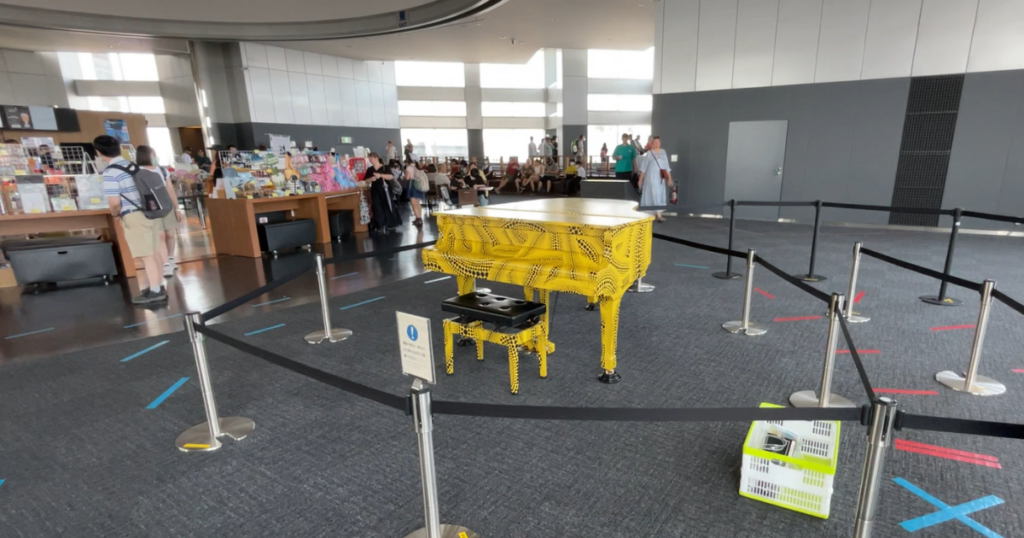
- Admission
Free for all visitors. - Facilities
Both decks feature cafés and souvenir shops, providing refreshments and memorabilia. The South Observation Deck also houses the “Tokyo Metropolitan Government Memory Piano,” available for public use during designated hours. - Best Viewing Times
Clear days, especially during winter months, offer the best chances to view Mount Fuji. Evenings provide stunning nightscapes of Tokyo’s illuminated skyline.
For more details, please refer to the official Tokyo Metropolitan Government website.
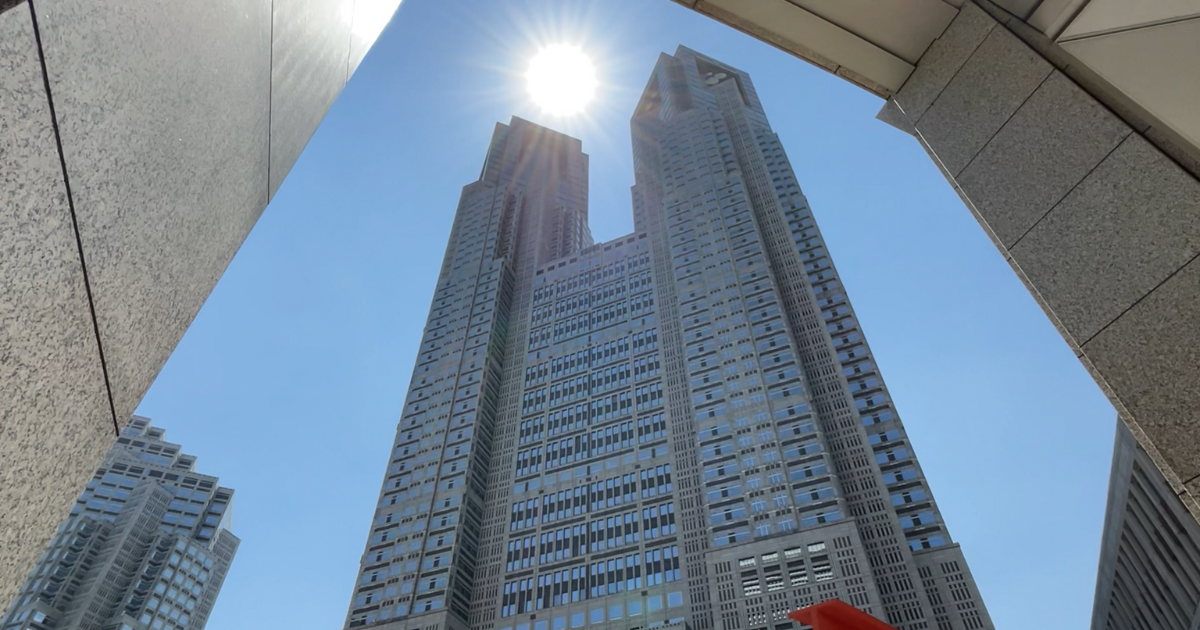
Shinjuku Gyoen National Garden
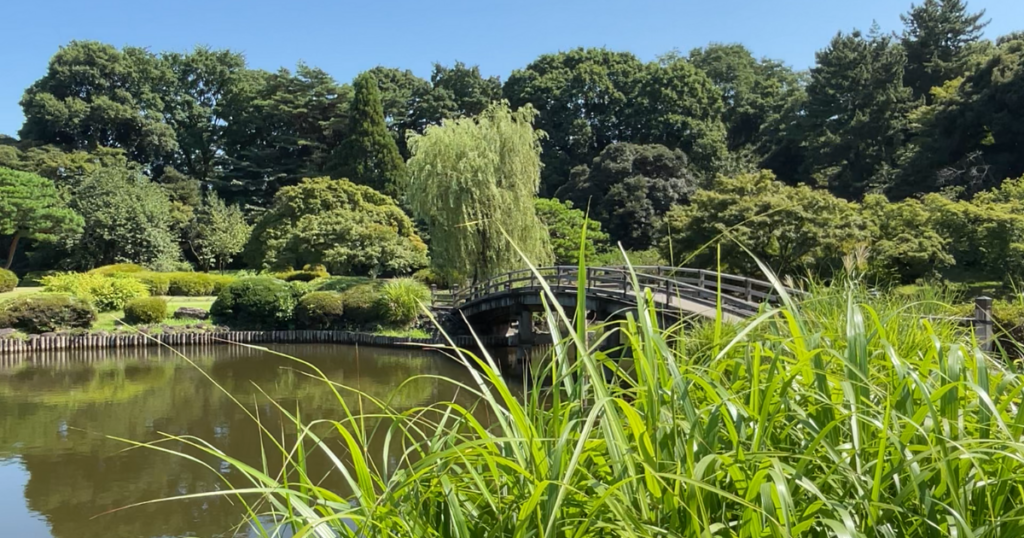
Shinjuku Gyoen National Garden is one of Tokyo’s most treasured green spaces, combining traditional Japanese aesthetics with Western influences.
Spanning 58.3 hectares, this historic garden was originally a feudal lord’s estate during the Edo period before becoming an imperial garden in 1879 and opening to the public in 1949.
Garden Highlights
- Three Distinct Styles
The garden features three unique areas—Japanese Traditional, Formal French, and English Landscape gardens. Each offers its own charm, from meticulously manicured tea houses and ponds to expansive lawns perfect for a peaceful stroll. - Seasonal Beauty
The garden is famous for its 1,500 cherry trees, which attract visitors during hanami season in spring. In autumn, vibrant red and gold foliage transforms the park into a picturesque retreat. - Greenhouse
The on-site greenhouse showcases tropical and subtropical plants, adding a touch of exotic beauty to the traditional surroundings.
Visitor Information:
- Hours
9:00 AM to 5:30 PM (last entry at 5:00 PM). Open daily during cherry blossom season and the chrysanthemum exhibition. Closed on Mondays (or the following day if Monday is a holiday). - Admission Fees
Adults: 500 yen; Students and Seniors: 250 yen; Free for children under 15.
Access:
- Entrances
- Shinjuku Gate: 5 minutes from Shinjuku-Gyoemmae Station (Tokyo Metro).
- Sendagaya Gate: 5 minutes from Sendagaya Station (JR Chuo-Sobu Line).
- Okido Gate: 5 minutes from Shinjuku-Gyoemmae Station.
Shinjuku Gyoen National Garden is an idyllic spot for relaxation, offering a perfect blend of nature, culture, and history.
It’s a must-visit for anyone exploring Tokyo.
Omoide Yokocho
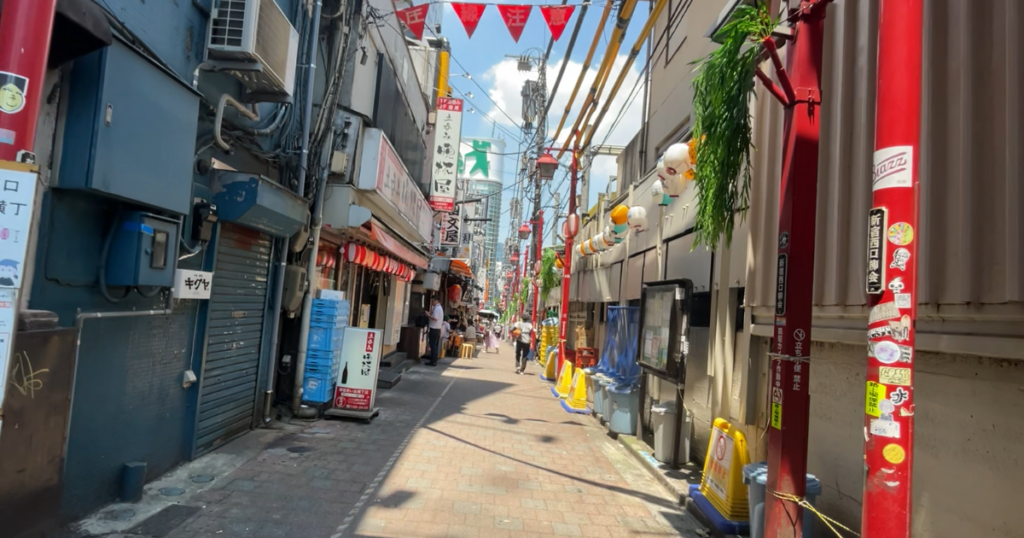
Omoide Yokocho, located near Shinjuku Station’s West Exit, is a nostalgic alleyway that transports visitors back to post-war Japan.
Its origins trace back to the late 1940s when it began as a black market area amid Tokyo’s reconstruction efforts.
Today, it retains its retro charm, featuring narrow lanes lined with approximately 80 small eateries and bars, including izakayas, yakitori stands, and ramen shops.
Culinary Experience
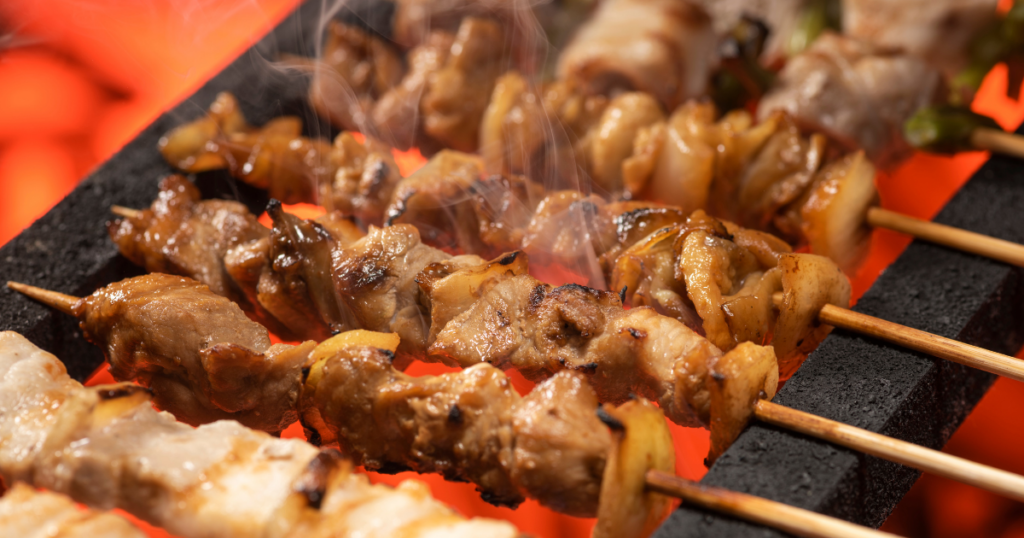
The alley is renowned for its variety of traditional Japanese dishes.
Yakitori (grilled chicken skewers) and motsuyaki (grilled offal) are particularly popular, offering authentic flavors in a cozy setting.
Many establishments have limited seating, often accommodating just a handful of patrons, which fosters an intimate dining experience.
Atmosphere
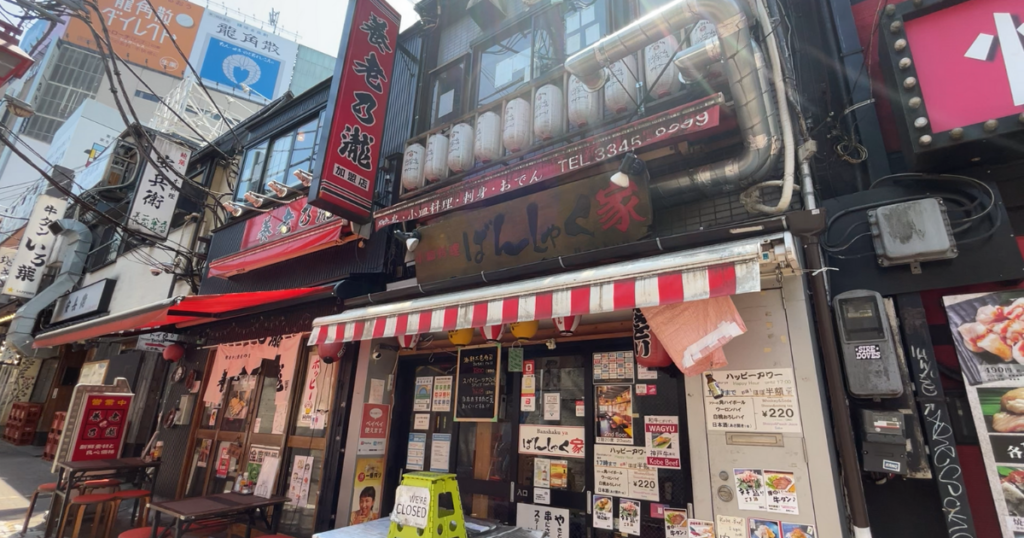
Despite its proximity to Shinjuku’s modern skyscrapers and neon lights, Omoide Yokocho exudes a distinctly retro ambiance.
The narrow alleys, illuminated by traditional lanterns, create a warm and inviting atmosphere reminiscent of the Showa era.
This unique setting attracts both locals and tourists seeking an authentic Tokyo experience.
Visiting Tips
- Best Time to Visit
venings are particularly lively, with most establishments opening around 5:00 PM and operating until midnight or later. - Navigation
The alleys are narrow and can become crowded during peak hours. It’s advisable to explore on foot and be prepared for close quarters. - Language
While some eateries may have English menus, many are primarily Japanese-speaking. A willingness to engage with the local culture can enhance the experience.
Access
Omoide Yokocho is conveniently located near the West Exit of Shinjuku Station, making it easily accessible by various train lines.
Its central location allows visitors to seamlessly incorporate a visit into their exploration of Shinjuku’s vibrant nightlife.
Shinjuku Golden Gai
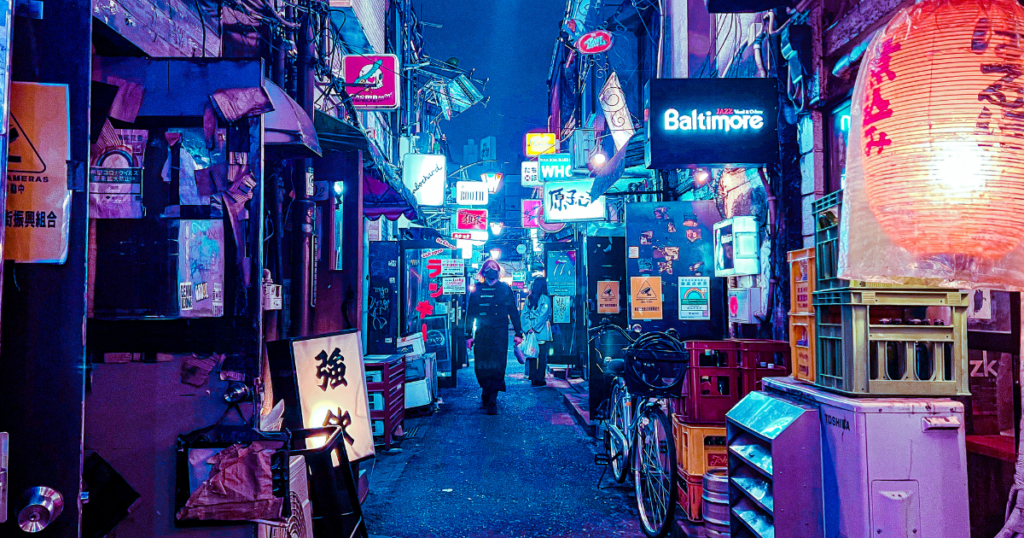
Golden Gai, situated in Shinjuku’s Kabukicho district, is a renowned nightlife area celebrated for its dense concentration of over 200 tiny bars and eateries.
Spanning six narrow alleys, each establishment boasts a unique theme and ambiance, offering an intimate setting that can typically accommodate only a handful of patrons.
Historical Significance
Golden Gai has a rich post-war history, having evolved from a black market area to a cultural hub frequented by artists, musicians, and writers.
Its narrow lanes and tightly packed buildings have preserved the architectural charm of mid-20th-century Tokyo, providing a nostalgic glimpse into the city’s past.
Atmosphere and Experience
The area is characterized by its eclectic mix of bars, each with distinct decor ranging from jazz and blues themes to art-inspired interiors.
This diversity creates a vibrant and varied nightlife experience, attracting both locals and tourists seeking an authentic Tokyo bar-hopping adventure.
Visiting Tips
- Operating Hours
Most bars open in the evening, typically around 7:00 PM, and remain open until the early hours of the morning. - Cover Charges
Many establishments may charge a cover fee, which can vary; it’s advisable to inquire upon entry. - Language Barrier
While some bars welcome international visitors, others may cater primarily to regulars and Japanese-speaking patrons. Observing signage and respecting each establishment’s preferences is recommended.
Access
Golden Gai is conveniently located near Shinjuku Station, approximately a 5-minute walk from the East Exit.
Its central location makes it easily accessible for those exploring Tokyo’s vibrant nightlife scene.
Kabukicho
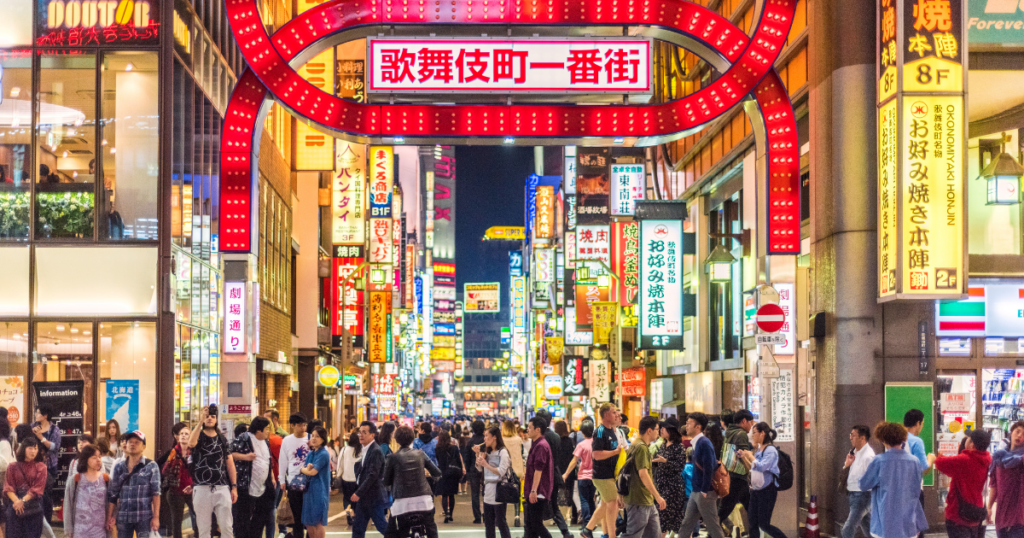
Kabukicho, located in Shinjuku, Tokyo, is Japan’s largest entertainment district, renowned for its vibrant nightlife and diverse attractions.
The area is characterized by neon-lit streets filled with a variety of establishments, including restaurants, bars, nightclubs, and theaters.
Historical Background
The district’s name, “Kabukicho,” originates from a post-World War II redevelopment plan to build a kabuki theater in the area.
Although the theater was never constructed, the name remained, and the district evolved into a bustling entertainment hub.
Key Attractions
- Shinjuku Kabukicho Tower
A recently opened 48-story complex standing at 225 meters, housing various facilities such as cutting-edge movie theaters, a live hall, and hotels. - Godzilla Head
Perched atop the Shinjuku Toho Building, this iconic structure has become a symbol of the area, attracting numerous visitors. - Shinjuku Golden Gai
Adjacent to Kabukicho, this area is known for its narrow alleys lined with over 200 tiny bars, each offering a unique atmosphere.
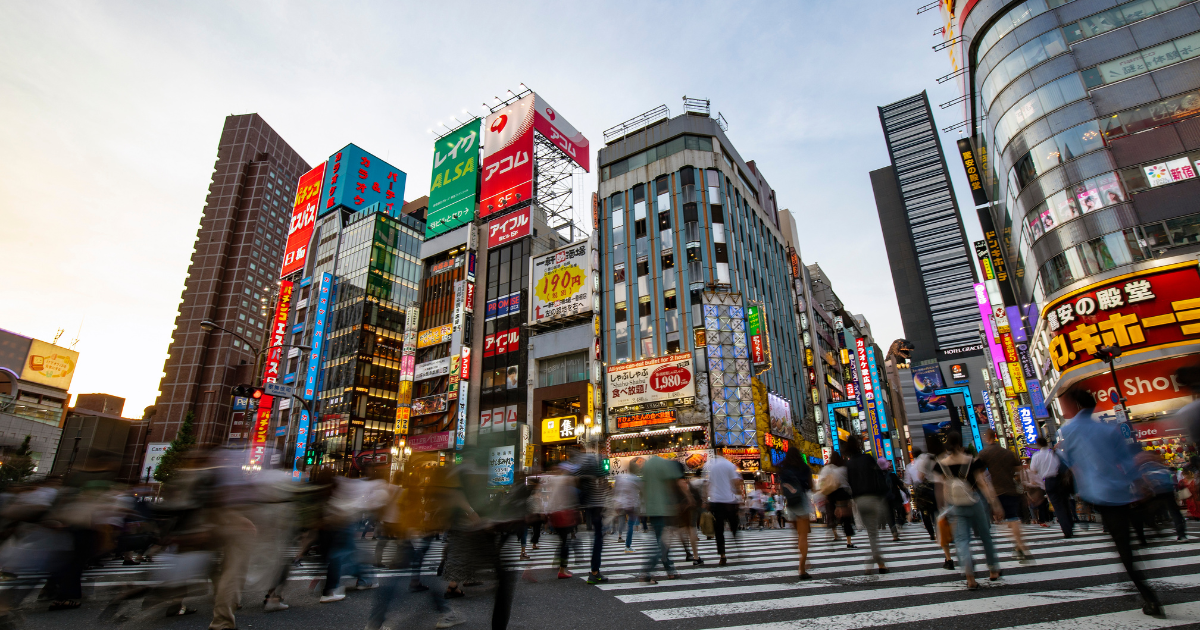
Nightlife and Entertainment
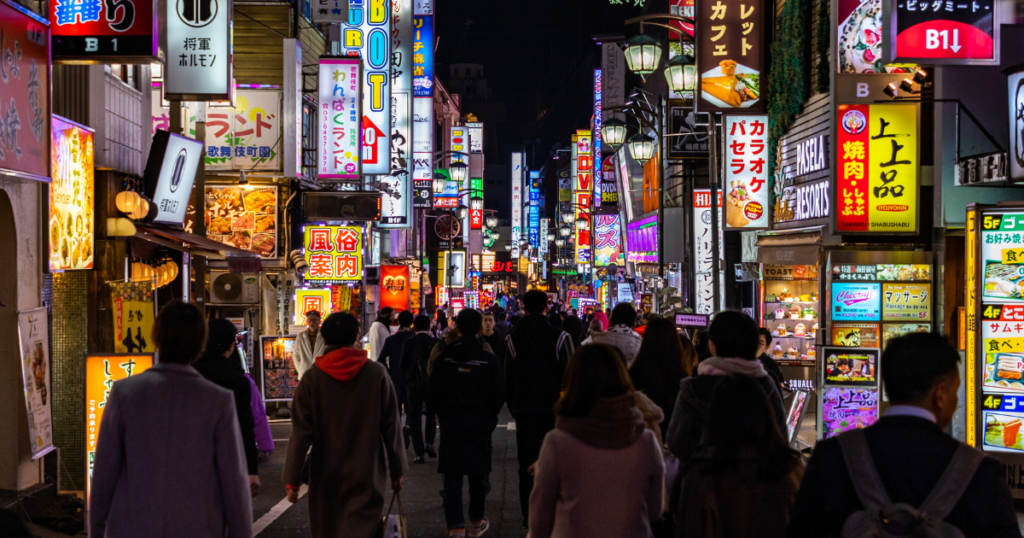
Kabukicho offers a wide range of entertainment options, from host and hostess clubs to karaoke bars and themed restaurants.
The district’s vibrant nightlife attracts both locals and tourists seeking diverse experiences.
Safety and Visitor Tips
While Kabukicho is generally safe, it’s advisable to remain cautious, especially late at night.
Visitors should be aware of potential scams and avoid establishments that seem suspicious.
It’s recommended to research venues in advance or visit with a local guide.
Access
Kabukicho is easily accessible from Shinjuku Station, one of Tokyo’s major transportation hubs.
The district is a short walk from the station’s east exit, making it convenient for visitors exploring Tokyo.
For more information on attractions and activities in Kabukicho, you can refer to travel guides and local tourism websites.
Godzilla Statue at Toho Building
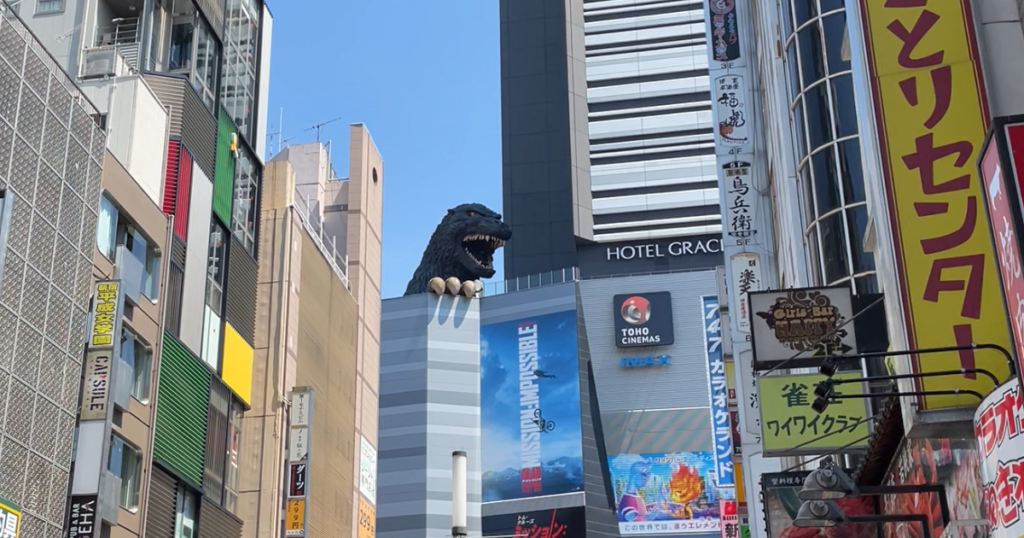
The Godzilla Statue, perched atop the Toho Cinema Building in Shinjuku’s Kabukicho district, is an iconic tribute to Japan’s most famous monster.
This towering figure has become a symbol of the area, drawing fans of the Godzilla franchise from around the globe.
Key Features
- Design
The Godzilla head, measuring 12 meters in height, appears to emerge from the building, offering a dramatic and photogenic scene. It replicates the design from the 1990s-era Godzilla films. - Roaring Show
Several times a day, the statue comes to life with light-up effects and Godzilla’s trademark roar. This mini-show creates an immersive experience for visitors.
Visitor Experience
- Close-Up View
Guests can get a closer look at the Godzilla head by visiting the terrace on the 8th floor of the Gracery Hotel, located in the Toho Building. The terrace is accessible to both hotel guests and visitors. - Photo Opportunities
The statue is visible from street level, making it a popular spot for photos, especially at night when the lights highlight its dramatic appearance.
Location
- Address
Toho Cinema Building, 1-19-1 Kabukicho, Shinjuku, Tokyo. - Access
The statue is a 5-minute walk from Shinjuku Station’s East Exit, making it an easy addition to any Kabukicho exploration.
Fun Fact
The Toho Building, home to the Godzilla statue, also houses the Toho Cinema, famous for showcasing blockbusters, including Godzilla films.
The Godzilla Statue is more than just a monument—it’s a celebration of one of Japan’s greatest cultural exports and a must-see attraction for fans and curious visitors alike.
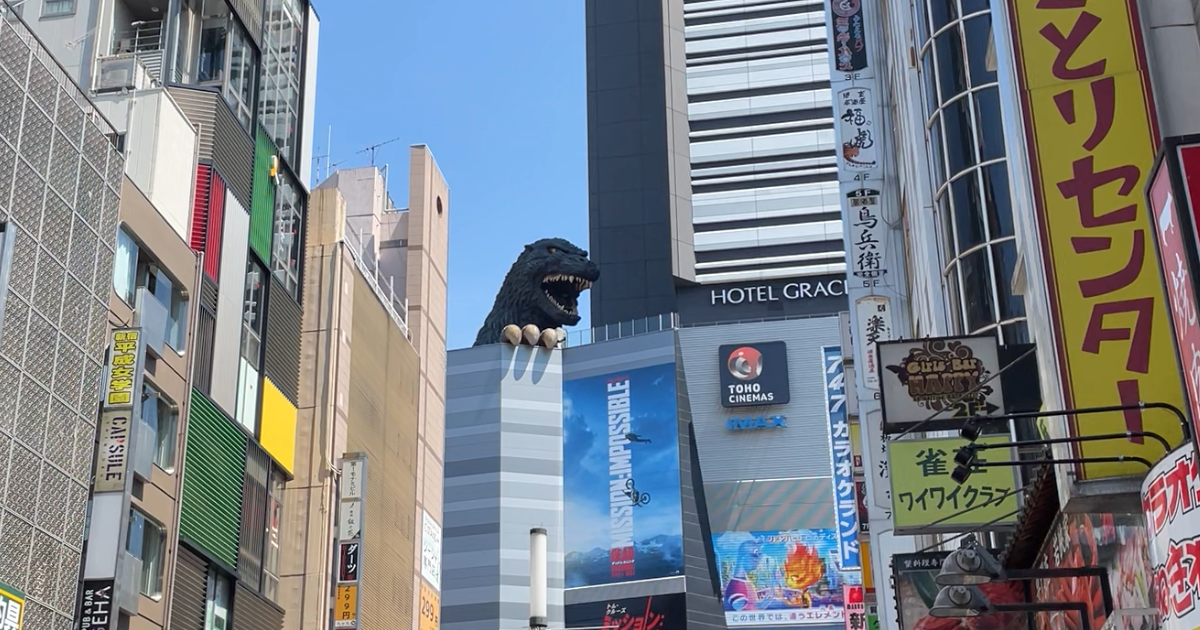
Hanazono Shrine
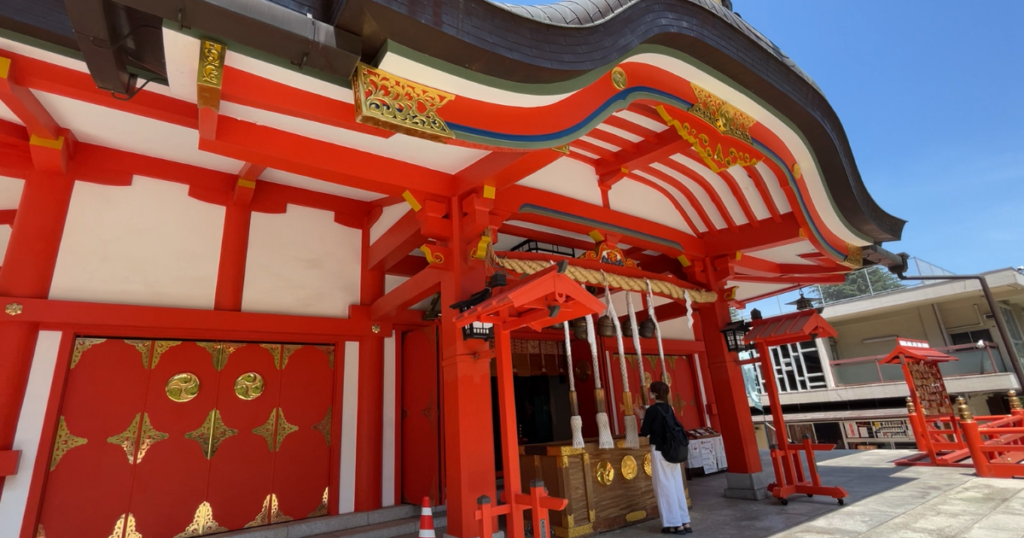
Hanazono Shrine, located in the heart of Shinjuku, is a historic Shinto shrine that serves as a peaceful retreat amid the bustling city.
Dating back to the mid-17th century, it is dedicated to Inari, the deity of fertility, prosperity, and worldly success, making it a popular destination for business people and visitors seeking blessings.
Highlights
Architectural Features
The shrine features a beautifully designed main hall and a smaller sub-shrine, Itoku Inari Shrine, dedicated to love and relationships.
A picturesque path of vermilion torii gates leads to this sub-shrine, creating a serene and photo-worthy spot.
Seasonal Events
- Reitaisai Festival (May)
A grand celebration with processions, music, and traditional dance. - Tori-no-Ichi Festival (November)
A vibrant market and thanksgiving event with stalls and festive parades. - New Year’s Prayers
The shrine attracts large crowds during hatsumode, the first shrine visit of the year, for blessings of good fortune. - Flea Markets and Performances
The shrine hosts regular antique markets and traditional theatrical events, adding to its cultural charm.
Visitor Information
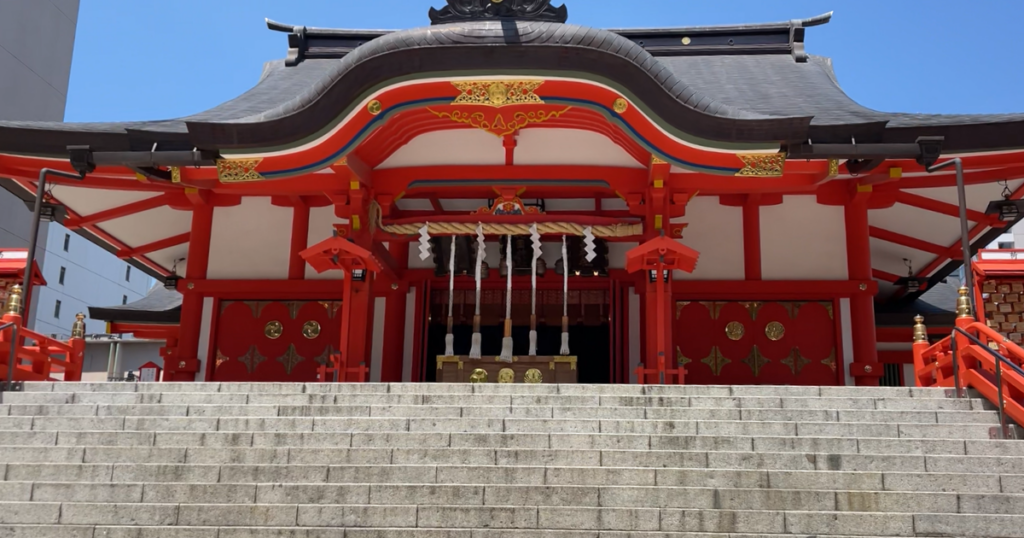
- Hours
Open year-round, with the grounds accessible at all times. - Access
A short walk from Shinjuku Station’s East Exit.
Hanazono Shrine offers a serene and spiritual experience, blending traditional Japanese culture with the vibrant energy of Shinjuku.
It is a must-visit for those looking to connect with Tokyo’s history and spirituality.
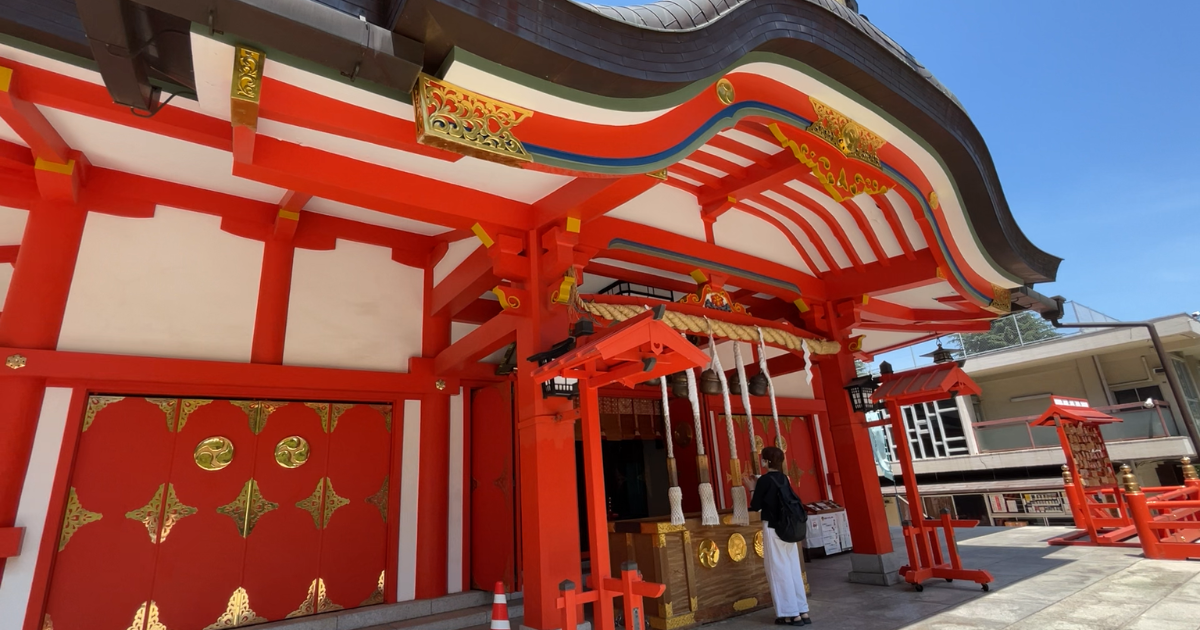
Don Quijote Shinjuku
Don Quijote Shinjuku is a 24-hour discount megastore located in the heart of Shinjuku, offering an extensive range of products that cater to locals and tourists alike.
Known for its vibrant atmosphere and unbeatable convenience, it’s a must-visit destination for shopping enthusiasts.
Highlights
- Wide Variety of Products
The store stocks everything from cosmetics, electronics, snacks, and souvenirs to clothing, home goods, and luxury items. It’s the perfect place to find unique Japanese products or essentials for your trip. - Tax-Free Shopping
International visitors can enjoy tax-free shopping with their passports, making it a budget-friendly choice for travelers. - 24/7 Convenience
Whether you’re an early bird or a night owl, Don Quijote Shinjuku is open 24 hours, ensuring you can shop whenever it suits your schedule. - Unique Atmosphere
The lively interior, with its stacked shelves and colorful displays, creates an exciting shopping experience unlike any other.
Additional Services
- Parking
On-site parking is available, with discounts for customers who spend a certain amount. - ATM
Convenient access to an ATM for cash withdrawals inside the store.
Access
- Location: 1-12-6 Okubo, Shinjuku, Tokyo.
- Transportation: A 10-minute walk from JR Shin-Okubo Station or Tokyo Metro’s Higashi-Shinjuku Station (Exit A1).
Don Quijote Shinjuku offers a one-of-a-kind shopping experience, combining affordability, variety, and convenience in one dynamic location.
Whether you’re hunting for souvenirs, last-minute necessities, or unique gifts, this store has it all!
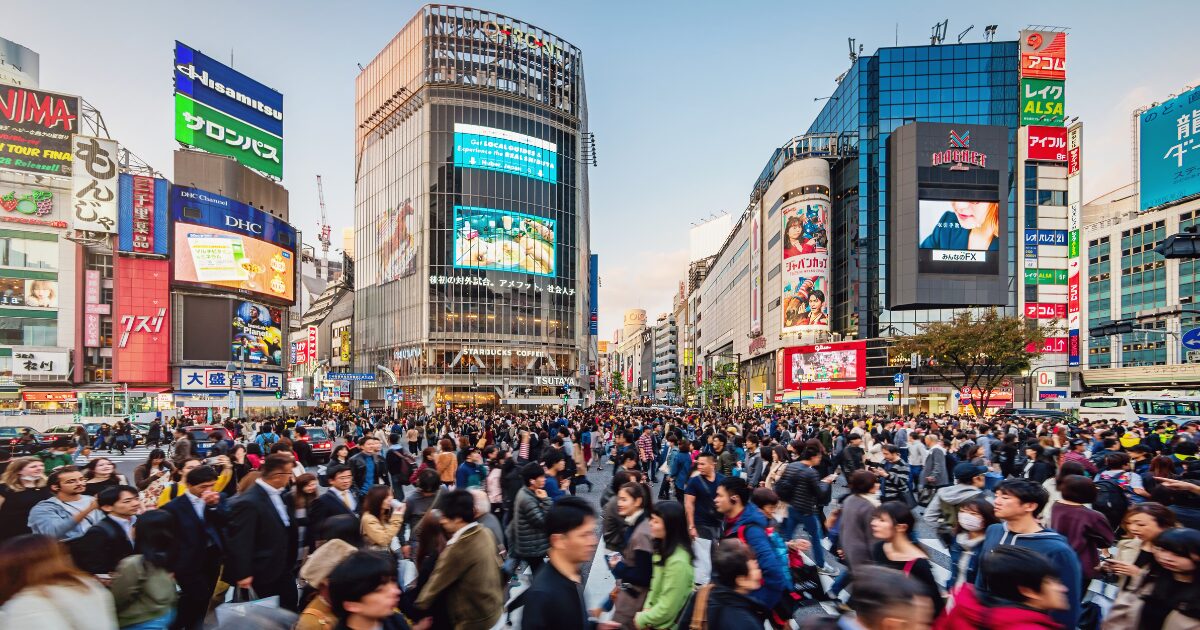
Cat Café MOCHA Shinjuku
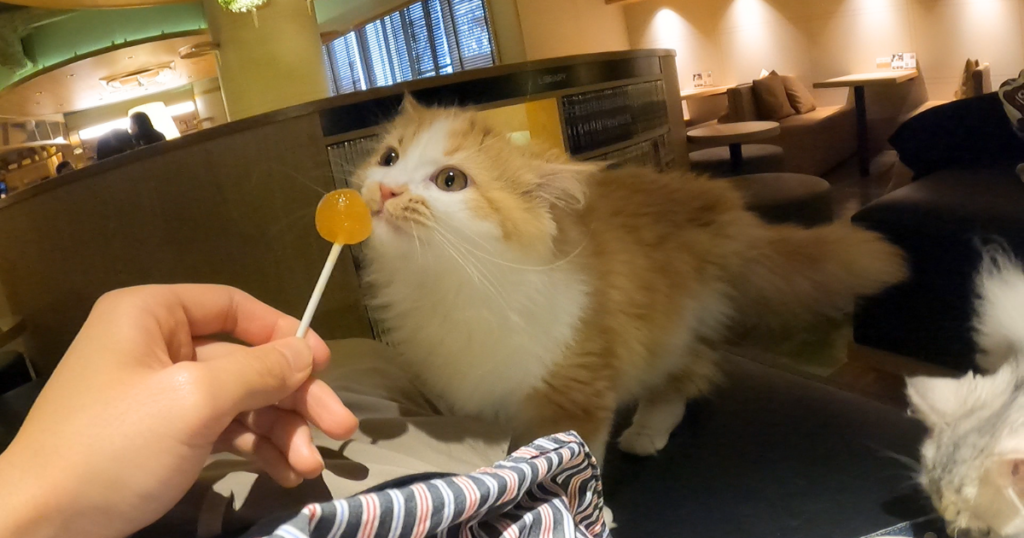
Premier destination for cat enthusiasts seeking a tranquil retreat in the bustling heart of Tokyo.
Situated just a 5-minute walk from Shinjuku Station, this café offers a harmonious blend of relaxation and feline companionship.
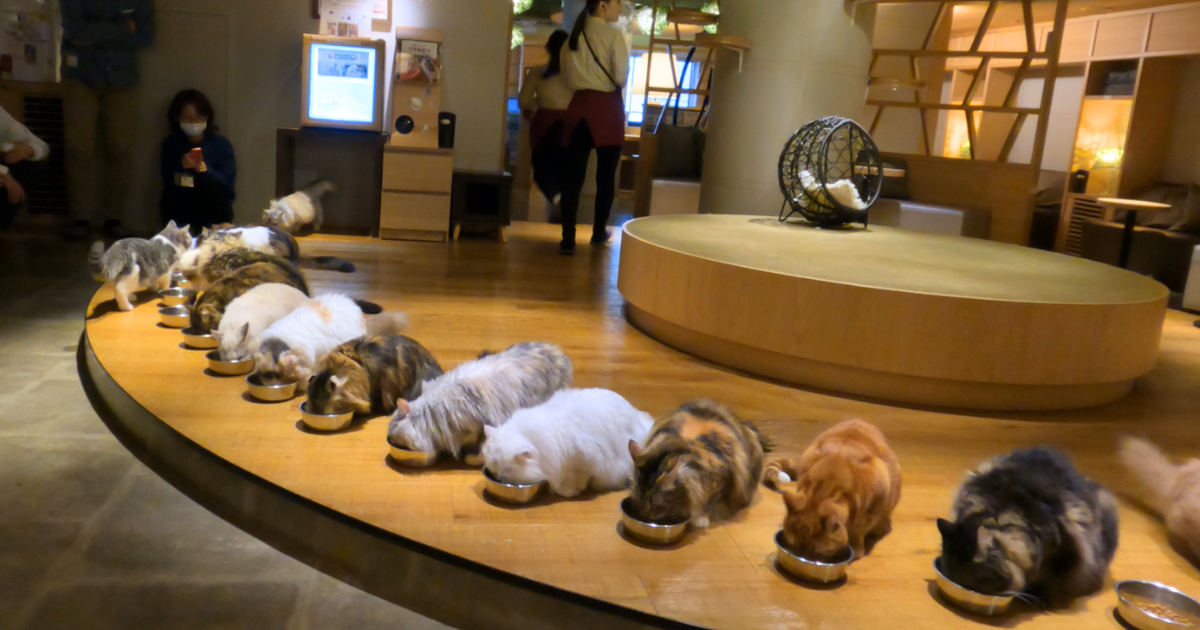
Ambiance and Design
The café boasts a spacious, modern interior designed to emulate a cozy living room, complete with comfortable seating and large windows that bathe the space in natural light.
The minimalist décor, accented with warm wooden tones, creates a serene environment where guests can unwind in the company of friendly cats.
Feline Residents
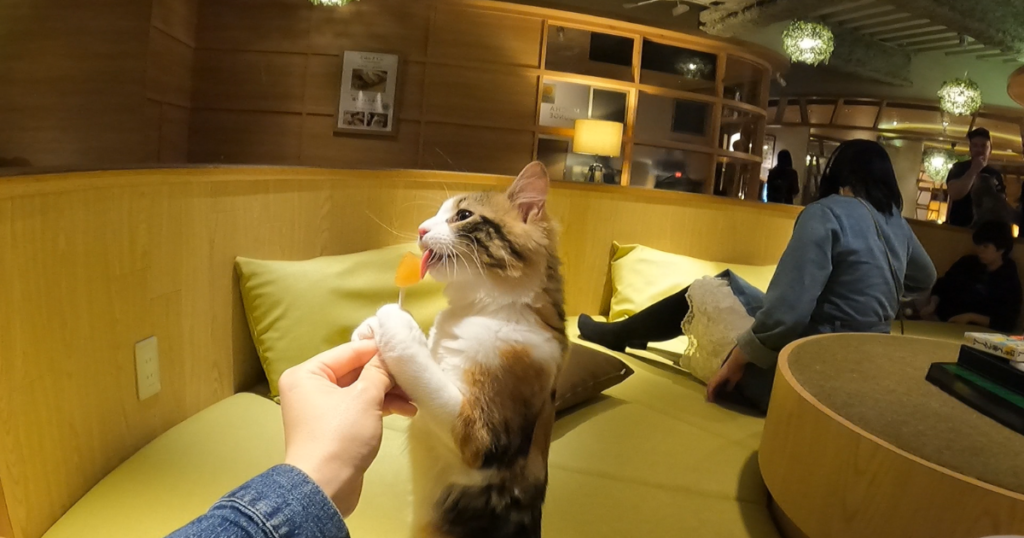
Home to a diverse group of cats, including breeds such as Scottish Fold, Maine Coon, and Bengal, each with unique personalities, the café ensures that visitors can enjoy playful interactions or simply observe the cats as they lounge and play.
The well-being of the cats is a top priority, with regular health check-ups and a spacious environment that allows them to thrive.
Amenities
Free Wi-Fi and Power Outlets
Ideal for those looking to work or study in a calming atmosphere.
Extensive Manga and Magazine Collection
Guests can enjoy a wide selection of reading materials during their visit.
Comfortable Seating Areas
Various seating options, including sofas and individual chairs, cater to different preferences.
Feeding Times
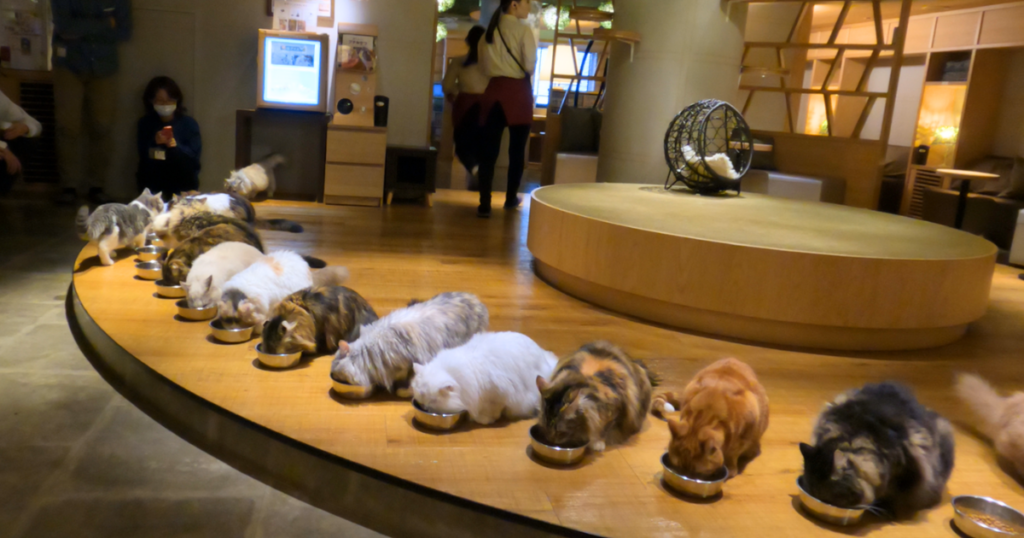
One of the highlights of Cat Café MoCHA Shinjuku is the scheduled feeding times, typically at 10:30 AM and 7:30 PM.
During these sessions, visitors can observe the cats’ lively interactions and even participate by purchasing cat treats, enhancing the bonding experience.
Visitor Guidelines
- Age Restriction
Guests must be 13 years or older to enter. - Hygiene Practices
Hand sanitization is required upon entry to ensure a clean environment for both cats and visitors. - Prohibited Actions
To maintain a stress-free setting for the cats, actions such as flash photography, chasing, or disturbing sleeping cats are not allowed.
Reviews and Testimonials
Visitors frequently praise the café for its cleanliness, the friendly demeanor of the cats, and the relaxing ambiance.
Many highlight the unique experience of interacting with a variety of cat breeds in a comfortable setting, making it a memorable addition to their Tokyo itinerary.
Access
- Address: Shinjuku Pegasus Building 6F, 3-31-5 Shinjuku, Shinjuku-ku, Tokyo.
- Directions: A short walk from Shinjuku Station’s East Exit, the café is conveniently located for both locals and tourists.
For more information, including current promotions and any seasonal changes to operating hours, visitors are encouraged to check the official website.
Cat Café MoCHA Shinjuku offers a serene and enjoyable environment for those looking to spend quality time with cats, making it a must-visit spot for animal lovers in Tokyo.
These diverse attractions highlight Shinjuku’s unique blend of modernity and tradition, catering to a wide range of interests for visitors.
Whether you’re a foodie, history buff, or simply looking for Instagram-worthy spots, Shinjuku has something for everyone!

